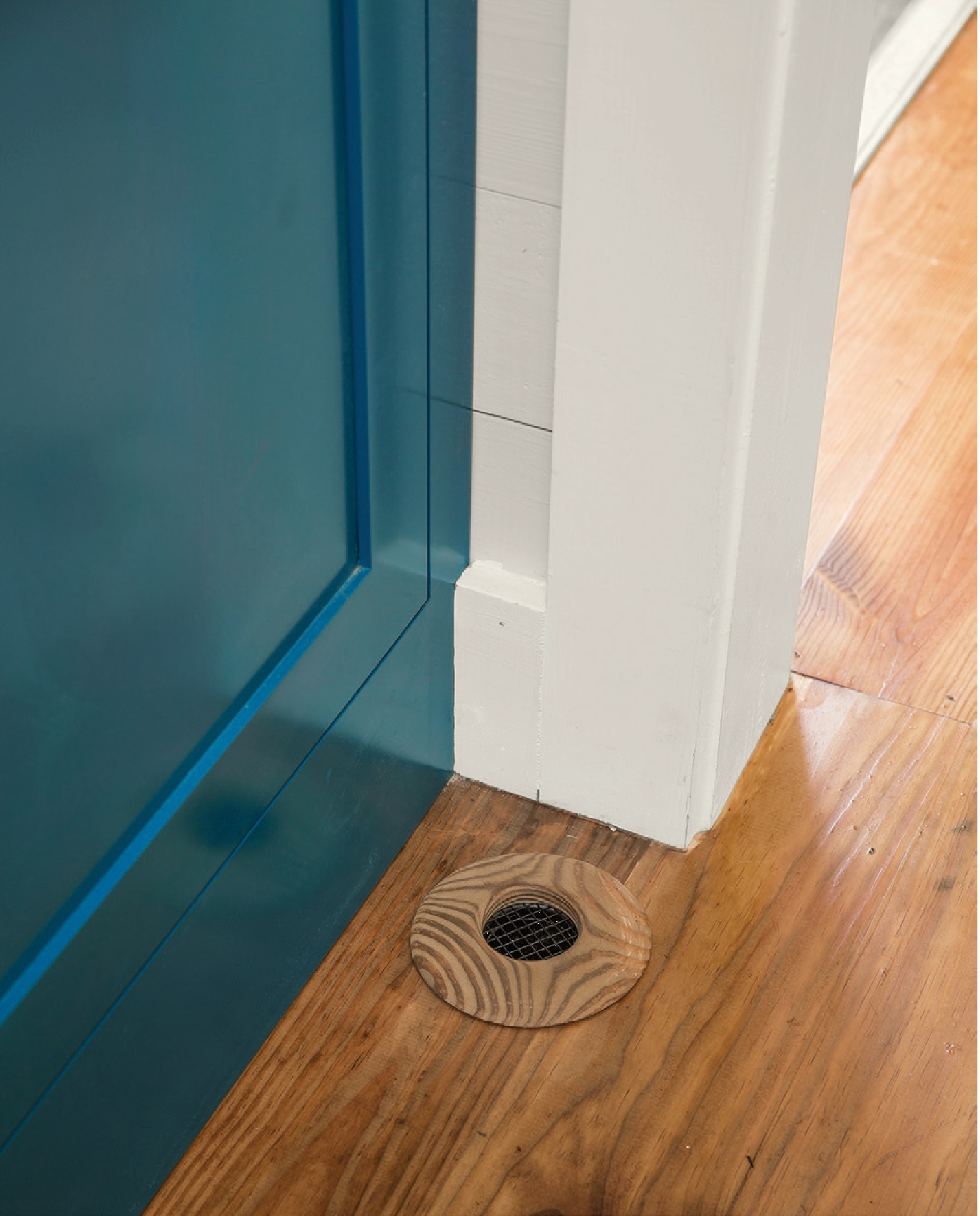Are High Velocity Air Conditioning Systems Noisy?
June 14, 2023

The answer to this question is: No. In fact, high velocity heating air conditioning systems are built to be whisper quiet. Noise from a high velocity air conditioner typically occurs when a system is improperly installed.
A small duct high velocity (SDHV) air conditioning system is the quieter alternative to both split systems and traditional ducted systems. Our Experienced high velocity air conditioning contractors (like Unico Preferred Contractors) are trained on proper SDHV installation systems and can quickly diagnose and fix system noise problems.
Quiet Duct Work
SDHV air conditioner systems use small, flexible supply tubing, rather than the large ductwork found in traditional HVAC units, making SDHV perfect for custom homes.
Unlike traditional ductwork, the flexible supply tubing of The Unico System is wrapped in special sound-absorbing insulation. This special insulation (sometimes called sound attenuators or duct silencers) and a porous inner lining create a thick, padded barrier that prevents sound from escaping and groaning when the system cools the air. The design also has naturally built-in shock absorption that prevents the high velocity air from causing vibrations.
Silent Under High Static Pressure
Traditional ducted AC systems are ridged and bulky. Air pushed through large ducts stress them and causes them to vibrate. That’s the hum you hear throughout a house with a traditional AC system.
High velocity ductwork is designed to function under high static pressure. The tubing is made with nylon, which is then wrapped with insulation, and finally wrapped with an outer vapor barrier to reduce thermal loss. This creates multiple layers of padding, adding to the sound absorption and reducing noise.
For particularly large rooms, Unico Preferred Contractors (UPCs) typically include 12 feet of sound attenuator for each air supply tube. For smaller spaces, contractors can select sound attenuator in 3-foot sections and inserted wherever additional sound absorption is desired.
Avoid HVAC System Choking
To ensure quiet performance, ducts and outlets need enough space for proper airflow, otherwise tight choke points will cause noise. At each outlet, our UPCs are trained to leave a 6-inch turn radius or use a Unico 90-degree outlet. Ducts will be free of choke points and air flows evenly throughout a home, which reduces noise. The greater the radius near the outlet, the quieter the run will be.
Noise-Free with Draft-Free Cooling
Homeowners with high velocity heating and cooling don’t experience HVAC system noise because of the SDHV system outlet size. Traditional large-ducted systems require vents 5 inches wide and up to 30 inches long, from which air is dumped into the room without circulating. But a small duct, high velocity system only needs round outlets that are 2-2 ½ inches in diameter. With a few of these small outlets in a room, air flows evenly, and the system gently releases cooled air without blasting.
When noise does occur with a SDHV system, a common problem is something obstructing the air flow either inside or outside the outlet. Like the airflow of any central air system, high velocity air conditioning needs unobstructed outlets to operate properly. This will help the overall comfort of the home as it will allow the air to better circulate, creating more even temperatures.
Advantages of Tuning the System
A Small Duct High Velocity System from Unico also has another advantage. Through the use of EC motor / blower technology the Unico System can have its airflow “tuned” or optimized for efficiency and sound levels desired by the home or business owner.
Interested in high velocity air conditioning in your home? Find a Unico Preferred Contractor near you for a free quote and to learn more about AC noise reduction.
Need Help With Your Next Project?
Have a historic retrofit or a custom home project? Unico offers FREE Design Services for all of your upcoming projects.
Contact UsRelated Resources
You May Also Like
-

October 24, 2025
Make Every Gathering Comfortable with The Unico System
-

October 6, 2025
Unico Goes Global!
-

September 10, 2025
No Limits, Just Comfort: Unico in Modular, Log & Timber & More
We'd love to hear from you
Do you have a project worth sharing in a Unico case study or a topic that would be perfect for The Outlet blog? We'd love to hear your thoughts and suggestions.
Submit a Case Study